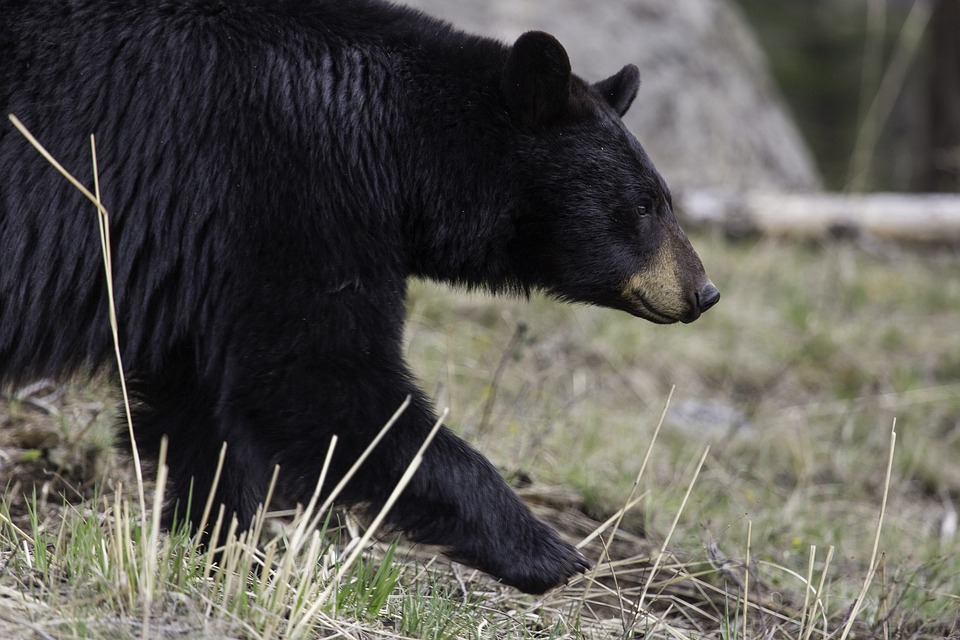We see them on the national news, cavorting in backyards, rummaging for food, bouncing on trampolines. Bears, it seems, are everywhere. Earlier this month, a bear hopped a fence in California, climbed into the backyard’s hot tub, and even drank a margarita that had been left tub-side. Reports indicate even Texas is seeing an upswing in bear populations, and not just in West Texas where the Mexican Black Bear and the New Mexico Black Bear, while endangered, can still be found in the desert scrub and woodland habitats within scattered mountain ranges, predominantly the Chisos and Guadalupe Mountains.
In October 2016, wildlife biologists advised hunters, ranchers, and rural residents in Northeast Texas of a handful of confirmed black bear sightings. According to Texas Parks & Wildlife Department (TPWD), at least one sighting per year of black bears in the Hill Country is not uncommon and, last month, a young black bear was spotted behind a Dollar General in a Texoma town.
Given the size of Texas, those numbers certainly don’t paint a picture of bear populations gone wild. Currently, possibly the only place you’re guaranteed to see a black bear in Texas is in Waco at Baylor University, but, as noted by TPWD, populations of black bears nationwide are recovering from historic harvest and expanding to occupy their former range. Which could be in a hot tub. In 1835, black bears were plentiful enough in Texas to be dinner. In Nacogdoches, a historical marker commemorates the citizens of the town honoring an outfit of 50-100 volunteers from New Orleans who were making their way to San Antonio to fight in the Texas war for independence. The good people of Nacogdoches fed them bear.
Today, the black bear would not be served for supper as Ursus americanus is on the state endangered species list and it is illegal to hunt, trap, kill, or otherwise take them (unless a clear and present threat to human safety). But even the few sightings give hope that this iconic omnivorous, all americanus creature that rarely poses a threat to humans, pets, or livestock can sleuth its way back to sustainable populations.
Texas A&M Agrilife Extension’s Living with Black Bears in Texas by John M. Tomeček and Russell Martin is an excellent resource on the subject. The following are just some particularly interesting highlights:
- Despite its name, the black bear’s coat can be jet black to cinnamon brown, depending on genetic selection in the local population.
- Black bears are omnivorous—their diet is much like a raccoon’s. Up to 80 percent of their diet is plant matter, and they often scavenge the rest from carcasses of dead animals. In many circumstances, they will hunt for insects and worms for the “meat based” part of their diet.
- Bears use their teeth and claws to mark trees or other surfaces to mark territory.
- Although bears rarely damage property and kill livestock, they sometimes do. If you suspect a black bear has killed livestock, you must contact your local Texas Wildlife Services office to conduct a forensic investigation.
- If a bear begins to clack its jaws towards you, this is a warning and sign of their feeling of danger—back away slowly and calmly.
And one more bear fact…a group of bears is called a sleuth!
More black bear resources for your sleuthing:









